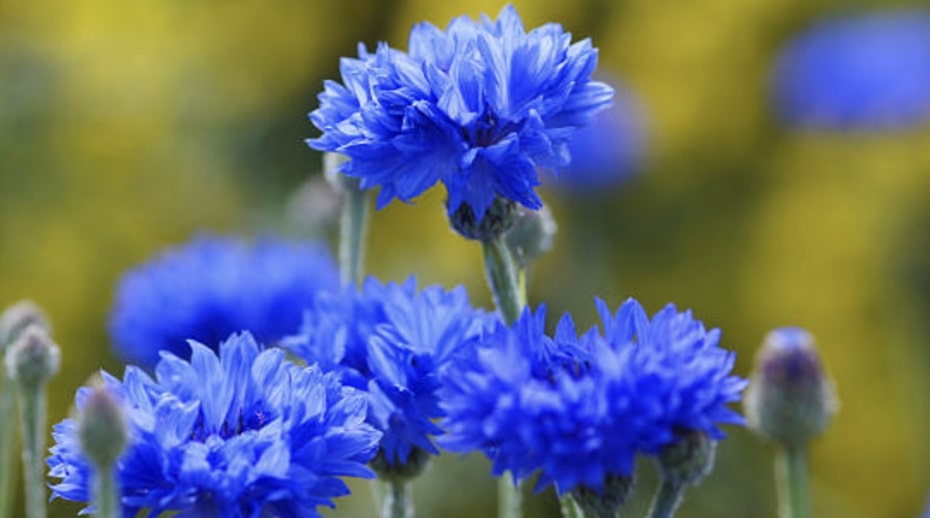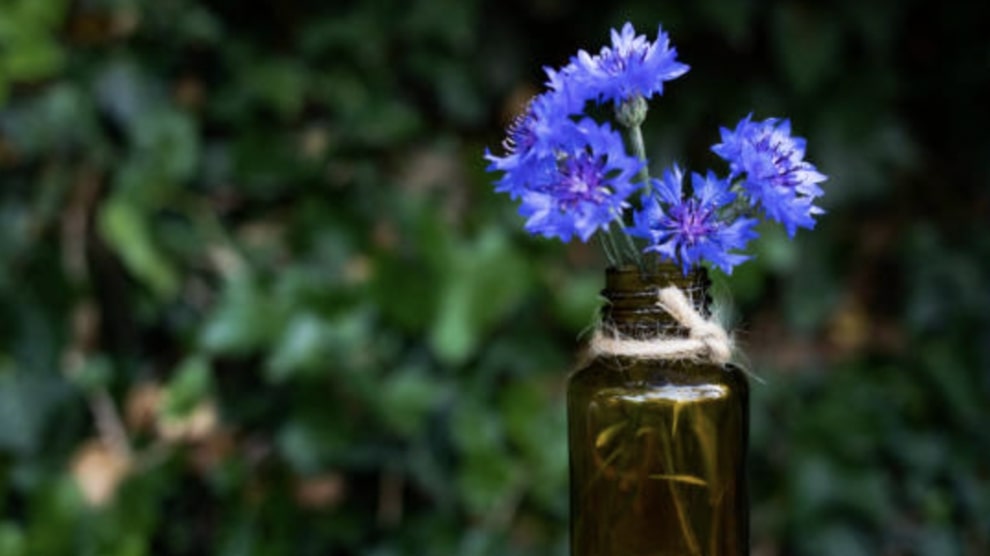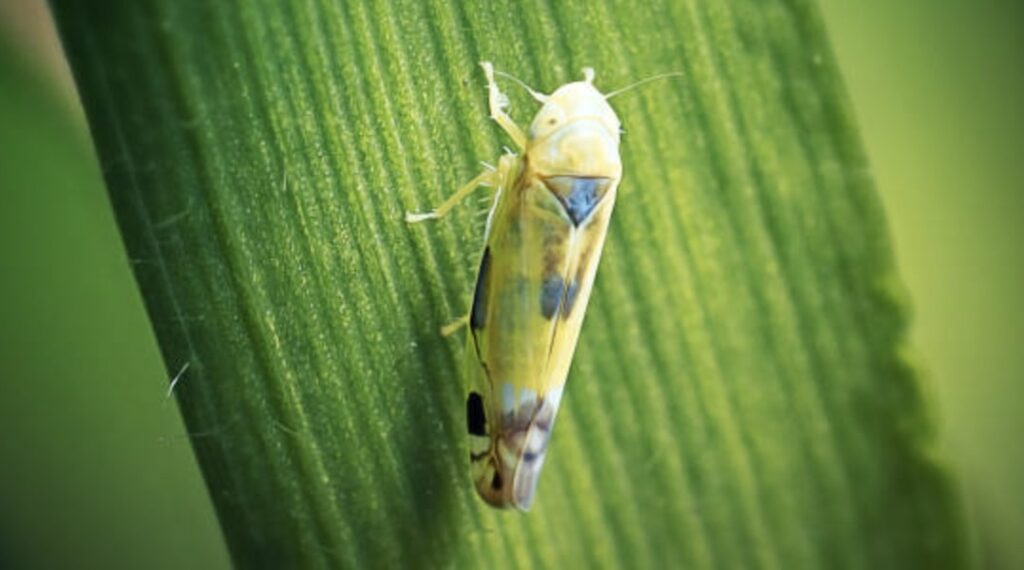Though not as popular as daisies or roses, cornflowers have their own charm and vibrancy. They have mesmerizing spiky blue or dual-colored flowers and are native to European meadows.
Actually, the flower is a cousin to the sunflower, daisy, and aster, being a part of the large family of Asteraceae or Compositae.
Cornflowers are very easy to care for in your garden bed, container, or vase for display. So scroll down to know how you can do that.
Growing Cornflowers


Cornflower is an annual plant that blooms during spring or summer. Annual flowers are those that grow from seed, flower, and produce seeds all within one growing season.
You must put them in a sunny spot as though they were in the pastures. They can tolerate little shaded light in the afternoon, though.
But be careful not to leave them there all day since this will make the branch thin and unstable. As a result, you would need to dig stakes to the ground to support them as they grow.
They need soil that’s well-draining, fertile, and alkaline (with a pH level between 7.2 and 7.8). But if you need to make acidic soil more basic, you can add crushed limestones to it.
Now, watering them must be done once a week. Don’t let the soil dry out between waterings, or they will lose balance.
In case you’re not able to water them as needed, don’t worry, as they are drought-tolerant and can recover from it.
In terms of temperature, they’re versatile for they can withstand warm and chilly weather. Although, they should be placed in a location that’s 60℉ to 80℉.
Keep in mind, though, that if you want their blooms to look at their best, they need to be planted or placed at a slightly higher temperature at 85℉ to 95℉.
Also, you can start working fertilizer into the cornflowers’ soil in early spring. Follow this up with a well-balanced fertilizer or one with a higher phosphorous count to boost flower production.
Re-potting and Deadheading Cornflowers


Cornflowers can become too big for the pot or vessel they’re planted on. In this case, you have to re-pot them so they will continue to grow comfortably and healthily.
For this, use fresh potting mix so they will get all the nutrients they need. There’s no need to add fertilizer as long as you satisfy their lighting and water needs.
Also, if you see any dead or wilted flowers, pinch them out using your fingers as close to the stem as possible and dispose of them.
By the way, deadheading is important since this promotes new growth of flowers and extends their blooming time. And your cornflowers will also look tidy and beautiful when you do that.
Pests and Disease


Generally, these stunning flowers don’t have problems with regard to disease and pests.
The only exception to this is if you plant them too close to each other. Because ample air can’t circulate around them, their stems can rust or weaken as a result.
Furthermore, harmful pests such as leafhoppers and aphids can attack cornflower stems, greatly affecting their growth and even causing the plant to die in dire situations.
Some things you can do to prevent or combat pests on your plants are to water them properly and spray them with neem oil or insecticidal soap.
Or you can scatter insectary plants around your garden to attract beneficial insects like ladybugs and spiders, which will, in turn, consume the aphids and leafhoppers.



